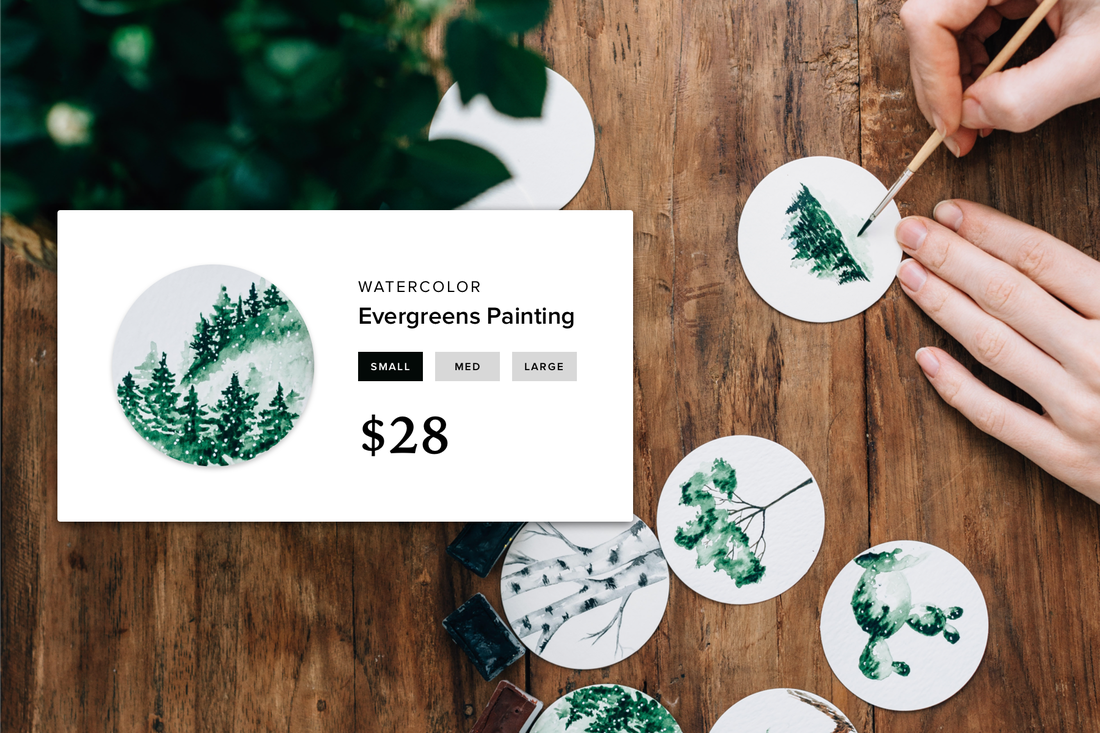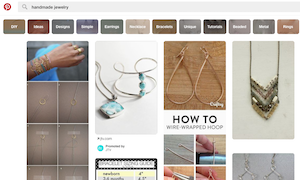With mobile use in the U.S. finally surpassing desktop use in 2014, it’s a great time to make mobile marketing a priority. Transactions completed on mobile devices such as smartphones and tablets were expected to reach $114 billion last year, according to Forrester Research. And some 60 percent of small businesses say that mobile solutions are essential to their businesses.
This is good news for small business owners, who are now able to get closer to their customers than ever before with ads that are personalized, local and timely. Here are some tips on how to create a great mobile marketing strategy for 2015.
Keep It Simple
Because mobile screens have limited space, it’s important to stay focused with clear and direct messages. Skip the extra text, fancy graphics and drop-down menus — mobile customers don’t want to pinch and zoom. And if consumers can’t navigate your site, they’ll turn to a more mobile-friendly competitor.
Instead, give mobile customers what they need most — your location, hours of operation and information on current deals. Larger fonts and thumb-size buttons will make mobile navigation easier. Providing a phone number and a “call now” button at the top of the page can also help drive mobile traffic and increase walk-ins.
Location, Location, Location
Mobile shoppers are on the go, and their searches often reflect immediate needs – they may be hungry, have a flat tire or need a place to stay. In fact, three-fourths of U.S. consumers use location-based services on their smartphone according to the Pew Internet & American Life Project. Target local customers with offers based on their zip codes, addresses, neighborhoods, or check-in points, and provide maps to help them find you.
Just as important: offer deals that are timely and relevant to your location. When rain turned the streets of New Orleans to mud before the city’s popular famous Jazz & Heritage Festival, one local business owner tweeted about rain boots for sale at her shoe store. Her boots sold out in two hours.
Get Personal
Mobile marketing is becoming increasingly personal as businesses learn more about their customers’ shopping habits, hobbies and other interests. Getting consumers’ permission to enter their personal spaces, and being transparent about how their data is used, can keep that personalization from becoming too pushy.
“Awareness and presence are no longer enough for modern brands. Customers want engagement,” writes Eric Siu in Entrepreneur. Netflix, for example, personalizes movie recommendations; Amazon suggests products based on viewing histories and Facebook offers personalized news feeds. With social media giving consumers experiences tailored to their specific interests, personalization is no longer a luxury, but an expectation, he says.
The good news is that personalized marketing enables brands to engage with customers on a deeper level, which drives both business and loyalty. Over 60 percent of consumers have a better opinion of brands when they offer a great mobile experience, according to the Mobile Marketing Association. Whether you’re just getting started or reevaluating priorities for the year ahead, a focus on mobile marketing is a smart strategy for any business looking to be competitive in 2015.
Photo Credit: Karlis Dambrans/Creative Commons
Keep It Simple
Because mobile screens have limited space, it’s important to stay focused with clear and direct messages. Skip the extra text, fancy graphics and drop-down menus — mobile customers don’t want to pinch and zoom. And if consumers can’t navigate your site, they’ll turn to a more mobile-friendly competitor.
Instead, give mobile customers what they need most — your location, hours of operation and information on current deals. Larger fonts and thumb-size buttons will make mobile navigation easier. Providing a phone number and a “call now” button at the top of the page can also help drive mobile traffic and increase walk-ins.
Location, Location, Location
Mobile shoppers are on the go, and their searches often reflect immediate needs – they may be hungry, have a flat tire or need a place to stay. In fact, three-fourths of U.S. consumers use location-based services on their smartphone according to the Pew Internet & American Life Project. Target local customers with offers based on their zip codes, addresses, neighborhoods, or check-in points, and provide maps to help them find you.
Just as important: offer deals that are timely and relevant to your location. When rain turned the streets of New Orleans to mud before the city’s popular famous Jazz & Heritage Festival, one local business owner tweeted about rain boots for sale at her shoe store. Her boots sold out in two hours.
Get Personal
Mobile marketing is becoming increasingly personal as businesses learn more about their customers’ shopping habits, hobbies and other interests. Getting consumers’ permission to enter their personal spaces, and being transparent about how their data is used, can keep that personalization from becoming too pushy.
“Awareness and presence are no longer enough for modern brands. Customers want engagement,” writes Eric Siu in Entrepreneur. Netflix, for example, personalizes movie recommendations; Amazon suggests products based on viewing histories and Facebook offers personalized news feeds. With social media giving consumers experiences tailored to their specific interests, personalization is no longer a luxury, but an expectation, he says.
The good news is that personalized marketing enables brands to engage with customers on a deeper level, which drives both business and loyalty. Over 60 percent of consumers have a better opinion of brands when they offer a great mobile experience, according to the Mobile Marketing Association. Whether you’re just getting started or reevaluating priorities for the year ahead, a focus on mobile marketing is a smart strategy for any business looking to be competitive in 2015.
Photo Credit: Karlis Dambrans/Creative Commons
 Lisa Wirthman Lisa is a freelance journalist covering women, business, policy and social good.
Lisa Wirthman Lisa is a freelance journalist covering women, business, policy and social good.





